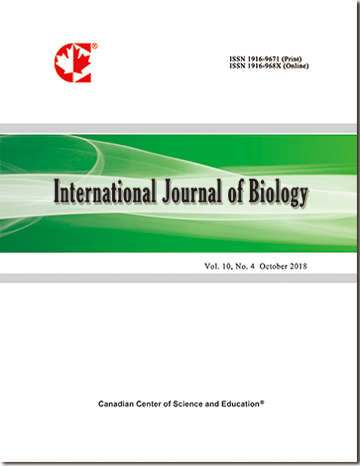Gradients in Humidity and Water Availability in Plant Tissue Culture Tubes
- Jessica Wedig
- Valerie C. Pence
- Linda R. Finke
- Mary Chaiken
- Allan R. Pinhas
- Robert T. Voorhees
Abstract
Culture tubes are commonly used for the in vitro growth of plant tissues. Plants grown in culture tubes can vary in phenotype within the tube, with tissues nearer the surface of the medium being more hyperhydric than those nearer the cap. This is most common in unvented tubes and with medium gelled with gellan gum rather than agar. This study examined whether a gradient in humidity or water availability exists within the culture tube that might explain differences in growth related to distance from the medium. To measure humidity, microsensors were placed at three levels within tubes capped with solid or vented caps with gel medium and repeated with agar medium. Readings were compared with ambient levels outside of the tube for six weeks, under conditions of 16 hrs light:8 hrs dark each day. Humidity in the unvented tubes was mostly saturated. In contrast, humidity in the vented tubes showed a strong vertical gradient. In both vented and unvented tubes, humidity near the medium was higher than near the cap. The experiments with agar and gel gave similar results. To examine water availability, uptake into cellulose or cotton plugs was measured. Water uptake was significantly greater from gel than from agar medium, and only agar showed a significant gradient in the plugs through that time period, regardless of venting. Both the humidity gradients and water uptake differences suggest that one or both may account for differences in exposure of the tissues to water and could affect phenotype depending on the sensitivity of the species and distance of the tissue from the medium.
- Full Text:
 PDF
PDF
- DOI:10.5539/ijb.v17n1p45
Index
- ACNP
- AGRICOLA
- BASE (Bielefeld Academic Search Engine)
- CAB Abstracts
- CiteFactor
- CNKI Scholar
- CrossRef
- DTU Library
- Elektronische Zeitschriftenbibliothek (EZB)
- Excellence in Research for Australia (ERA)
- Google Scholar
- Infotrieve
- LIVIVO (ZB MED)
- LOCKSS
- Max Planck Institutes
- MIAR
- PKP Open Archives Harvester
- Qualis/CAPES
- ResearchGate
- ROAD
- SafetyLit
- SHERPA/RoMEO
- Technische Informationsbibliothek (TIB)
- Universe Digital Library
- WorldCat
Contact
- Ryan JonesEditorial Assistant
- ijb@ccsenet.org
